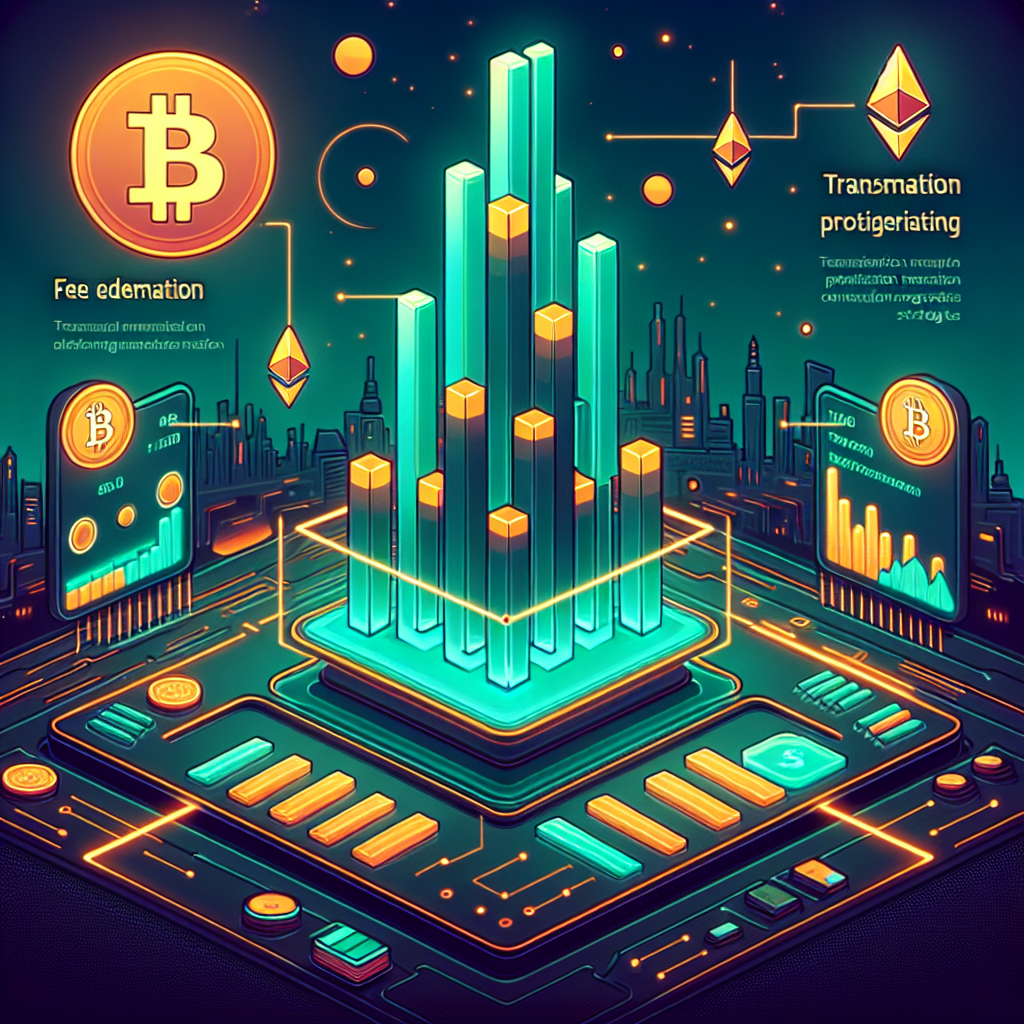Bitcoin and Ethereum Mempool Mechanics: Fee Estimation, Transaction Prioritization, and Congestion Management Strategies

Introduction
The moment you broadcast a Bitcoin or Ethereum transaction it does not land on the blockchain immediately; instead it enters a temporary holding area called the mempool. Understanding what happens inside this memory pool is essential for anyone who wants reliable settlement times, predictable costs, and a clearer picture of network health. This article explores how both Bitcoin and Ethereum handle fee estimation, transaction prioritization, and congestion management, giving you actionable insights to optimize your on-chain activity.
What Is a Mempool?
A mempool, short for "memory pool," is a distributed database that lives inside each full node. It stores unconfirmed transactions that have passed basic validation but await inclusion in a block. While every node maintains its own copy, common consensus rules make the various mempools converge toward a similar state. The size, composition, and fee distribution within this pool directly influence user experience and miner or validator profitability.
Why Mempools Matter for Users and Miners \/ Validators
For users, the mempool determines how quickly a transaction will confirm and what fee must be paid. For miners on Bitcoin or validators on Ethereum, the mempool is effectively a shopping list of revenue opportunities—transactions with higher fees or gas tips are more attractive and therefore receive priority. During periods of congestion, savvy navigation of mempool dynamics can be the difference between waiting minutes or hours for settlement.
Fee Estimation Techniques
Bitcoin Fee Estimation
Bitcoin’s transaction fee is calculated as satoshis per virtual byte (sat\/vB). Wallet software and popular APIs such as mempool.space or Electrum analyze recent blocks and current mempool states to suggest optimal fee rates. They often group unconfirmed transactions into buckets—1-block target, 2-block target, and so on—then recommend the minimum sat\/vB that cleared each bucket in previous blocks. Advanced algorithms also consider Replace-By-Fee capability, enabling users to submit an upgraded fee later if confirmation lags.
Ethereum Gas Price Estimation
On Ethereum, users bid for block space via gas price and, since the London upgrade, an additional priority fee or “tip.” Algorithms like Ethers.js’s getFeeData() or services such as GasNow monitor base fee trends, pending transaction queues, and short-term volatility. The base fee is burned and varies automatically, but the priority fee functions like Bitcoin’s fee rate, incentivizing inclusion. Wallets typically provide three presets—slow, average, and fast—mapping to distinct latency targets expressed in block intervals instead of minutes.
Transaction Prioritization Algorithms
Bitcoin’s First-Seen and Replace-By-Fee Logic
Bitcoin nodes follow a “first-seen” policy: the first valid transaction that spends a given input is accepted into the mempool. However, if a new transaction spending the same inputs offers a higher overall fee, nodes supporting Replace-By-Fee (RBF) may evict the original and accept the replacement. Miners further sort their candidate set by fee density, constructing block templates to maximize revenue under the 4 million weight units limit. The tie-breaker is usually arrival time or transaction ID, giving an edge to low-latency broadcasts.
Ethereum’s Gas Tip and EIP-1559 Mechanism
Ethereum’s EIP-1559 introduced a dual-price auction. Validators must include transactions paying at least the dynamically adjusted base fee, but they sort the mempool by priority fee per gas, sometimes combined with total reward in ETH. Because the base fee is burned and doesn’t influence validator revenue directly, high tips are the primary motivator. In addition, transactions with higher gas limits can edge out others if they provide a larger absolute tip, even when the per-gas amount is similar.
Congestion Management Strategies
Dynamic Block Sizing vs Gas Limits
Bitcoin’s block weight cap is relatively static, so congestion leads to fee spikes. Discussions around flexible block sizes remain controversial due to decentralization trade-offs. Ethereum, by contrast, effectively doubles its gas limit when blocks are more than 50 percent full, then pulls it back, smoothing demand shocks. Although neither mechanism eliminates congestion, they shape very different fee market behaviors that users must accommodate.
Layer-2 Solutions and Off-Chain Channels
Because on-chain scaling has hard limits, both ecosystems invest heavily in layer-2 solutions. Bitcoin’s Lightning Network settles most activity off-chain, updating balances through bidirectional channels with occasional anchor transactions. Ethereum employs rollups, sidechains, and state channels, batching thousands of internal operations into a single L1 post. By diverting traffic away from the base layer, these solutions relieve mempool pressure and stabilize fees, especially during periods of speculative mania.
Mempool Policy Adjustments
Core developers can also tweak mempool admission policies. Bitcoin Core v24, for example, introduced package relay that allows dependent transactions to be evaluated together, rescuing low-fee child transactions through Child-Pays-For-Parent (CPFP). Ethereum clients periodically raise minimal gas-price thresholds to discard spam. Such measures protect nodes from resource exhaustion and ensure that honest transactions have a fair chance at confirmation.
Best Practices for Users
1) Monitor real-time mempool explorers before broadcasting. 2) Use wallets that support RBF or EIP-1559 priority fee editing. 3) Batch multiple transfers into one transaction when feasible. 4) Consider layer-2 solutions for recurring payments or micro-transactions. 5) If security allows, schedule low-urgency transfers during off-peak hours—weekends for Bitcoin or late nights UTC for Ethereum—when fees historically trend lower.
Future Outlook
Research into Erlay and FIBRE for Bitcoin aims to propagate transactions more efficiently, lowering latency and narrowing the gap between advertised and realized fees. Ethereum’s upcoming Danksharding and proposer-builder separation could further optimize blockspace markets by outsourcing bundle selection to specialized builders, reducing MEV-related spam. Cross-chain liquidity networks and universal rollups may one day treat L1 mempools as settlement rails rather than everyday highways.
Conclusion
The mempool is far more than a waiting room; it is a dynamic marketplace where economic incentives, protocol rules, and network conditions collide. By mastering fee estimation, understanding prioritization logic, and leveraging congestion management tools, users can navigate Bitcoin and Ethereum with confidence. As both chains evolve, keeping an eye on mempool mechanics will remain crucial for minimizing costs and maximizing reliability in an increasingly crowded blockchain universe.